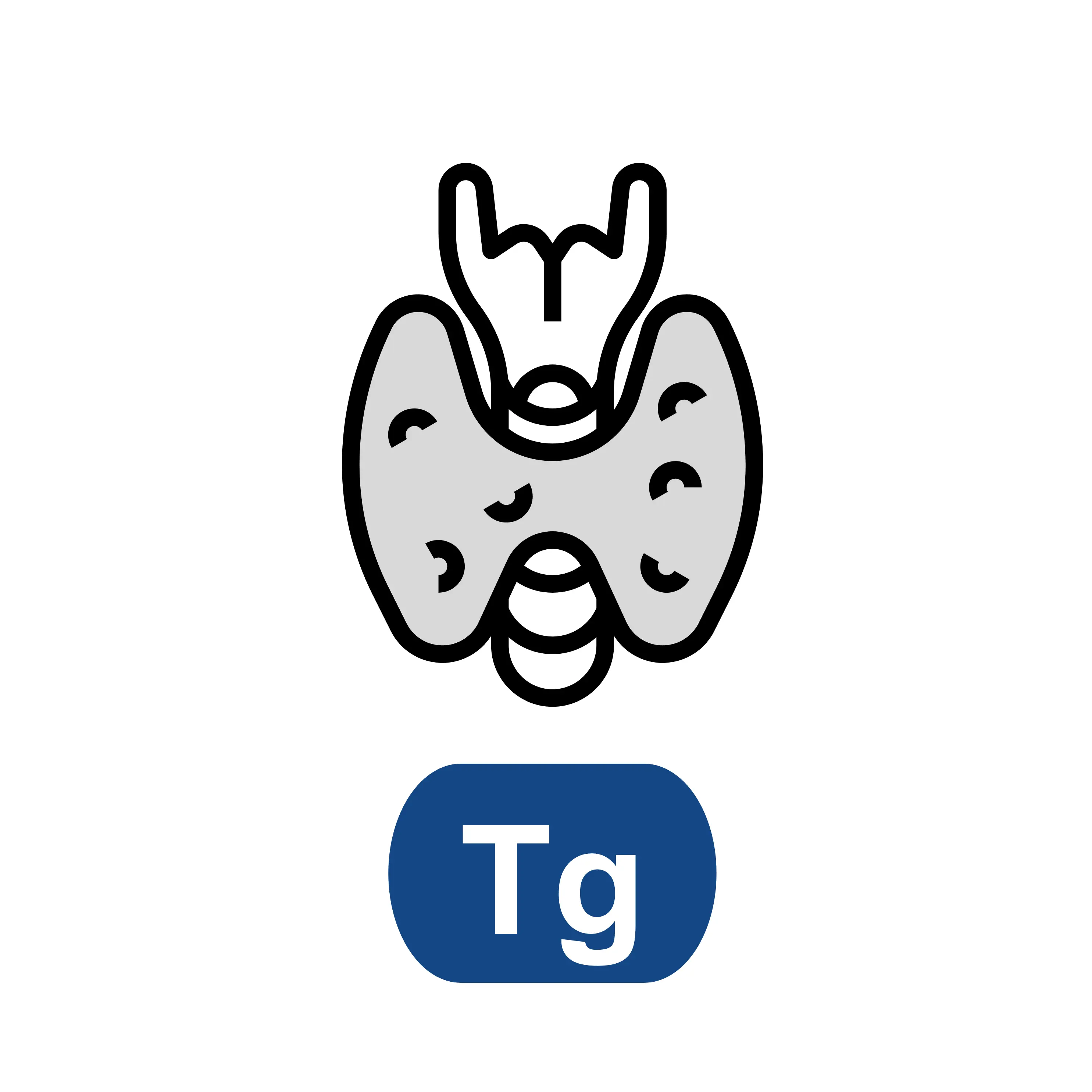Global Spread of COVID-19 Variant KP.2: Monitoring and Risk Assessment
According to the official WeChat account of Huashan Infection, a new variant of the coronavirus named KP.2 is spreading globally. Since February, due to the rapid increase in the proportion of KP.2 among the global circulating strains, the World Health Organization (WHO) has listed KP.2 as a "variant of interest" on May 3.
According to the information related to the KP.2 variant of the novel coronavirus released by the National Health Commission yesterday (14th), as of May 12, a total of 25 KP.2 sequences have been monitored in domestic cases in China. The proportion of KP.2 in local sequences reported weekly ranges from 0.05% to 0.30%, indicating an extremely low level.
The National Health Commission stated that the main circulating strains in China at present are JN.1, JN.1.16, and JN.1.4, with JN.1.16 and JN.1.4 being detected for the first time in Guangdong local cases on March 11.
Q1: What is the KP.2 variant?
KP.2 is the third-generation sublineage of the Omicron variant JN.1 of the novel coronavirus, and it is also a sublineage with strong transmission advantages within the JN.1 variant. It was first detected in samples collected in India on January 2, 2024. There are currently no reports indicating significant changes in the pathogenicity and immune evasion capabilities of KP.2 compared to the currently circulating JN.1 variants.
.jpg)
Q2: What is the international situation regarding the KP.2 variant?
Currently, the JN.1 variant remains the dominant circulating strain globally. Since the beginning of this year, the proportion of the KP.2 sublineage among global circulating strains has gradually increased from around 0.16% in early January to about 14% in early May. Recently, the prevalence of the KP.2 sublineage has been relatively high in some countries, accounting for 10% to 30% of cases.
According to the latest data released by the Centers for Disease Control and Prevention (CDC), within the past two weeks as of May 11, the KP.2 variant accounted for 28% of new COVID-19 infections in the United States, compared to only 6% in mid-April.
The novel coronavirus continues to undergo mutations, but it remains difficult to outpace the Omicron lineage. Similar to influenza viruses, which constantly mutate, viral mutation is a normal occurrence under host immune pressure.
The National Center for Infectious Diseases jointly monitored data from 79 hospitals nationwide, confirming fluctuations and mutations of the novel coronavirus Omicron strain. The dominant subtypes shifted from BA.5.2 and BF.7 to XBB starting from April 2023. Subsequent to July 2023, clinical samples were predominantly XBB subtype with EG.5 increasing rapidly. In early August, FY.3.1 and FL.13.2 were newly discovered. Variants mentioned by the WHO as "Variants Of Interest" (VOIs) were predominantly XBB.1.16 (including FU.1), while "Variants Under Monitoring" (VUMs) were mainly XBB.1.9.2 and its subtypes in the latter half of 2023. EG.5.1.1, a descendant of EG.5.1, was detected in late August, followed by HK.3 in early September, with the proportion of HK.3 gradually increasing from September to December. Descendants of HK.3, including HK.3.1 and HK.3.2, emerged in late October. JN.1 was detected from January 2024 onwards, with proportions exceeding 70% from January to March. Subtypes such as JN.1.1 and JN.6 were subsequently identified, and as of April 30, JN.1 remained the dominant subtype.
The National Center for Disease Control also conducted testing on wastewater, which showed a peak in COVID-19 nucleic acid concentration around January 10, 2024, followed by a plateau period of high infection. A declining trend has been observed since March 27, with concentrations remaining at around 3×104 copies/L since mid-April, with the concentration of the last sample taken on May 13 being 2.95×104 copies/L. There is a further downward trend, and this value is similar to the concentrations during the intervals between the second and third waves of infection.
During this period, there has been no significant fluctuation in the clinical burden of COVID-19 nationwide, remaining within normal ranges.
Current monitoring data suggests that the dominant strain of COVID-19 in China is still the Omicron JN.1 lineage, while the international focus is on the KP.2 sublineage of JN.1. As of May 12, a total of 25 KP.2 sequences have been monitored in domestic cases in China, with the proportion of KP.2 in local sequences reported weekly ranging from 0.05% to 0.30%, indicating an extremely low level. Although there is a possibility of an increase in the proportion of this subtype in the future, similar to the situation internationally, where it was detected from March this year, with the CDC monitoring indicating an increase in the proportion of KP.2 to 28.2% as of May 11, there has been no significant increase in the number of emergency visits, hospitalizations, or deaths. Therefore, it can be concluded that the actual clinical risk of KP.2 in the future is limited.
We will continue to strengthen monitoring of COVID-19 and other respiratory pathogens, as the emergence of new subtypes of viruses is normal and should not cause excessive concern.

















